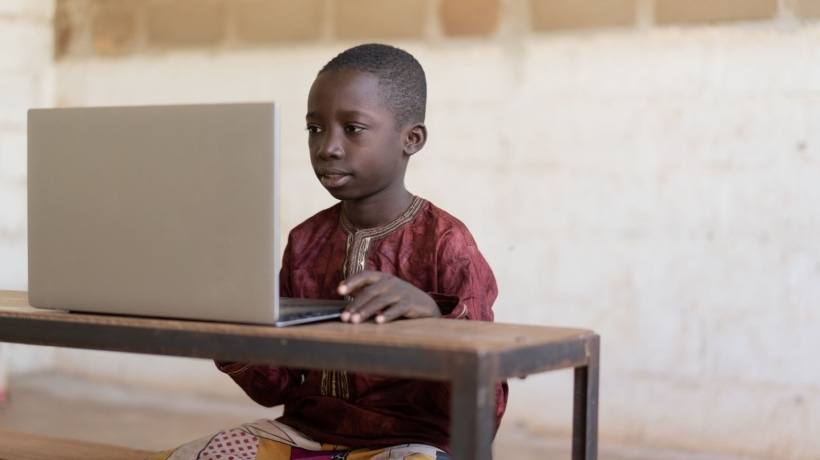
"While some learners attend top schools with endless resources, others face barriers such as poor infrastructure, unreliable electricity, no internet access, or the inability to afford even basic educational tools. The pandemic highlighted this divide even further because online learning became popular quickly, but those without devices or connectivity were left behind. At the same time, though, there's hope that eLearning can solve the global learning gap."
"How? Online learning platforms can provide education to anyone with a phone or computer, breaking down geographical barriers. These courses can reach a global audience, often at a much lower cost than traditional classes. Plus, with adaptive technologies, lessons can be personalized for different learners and skill levels. Let's not forget that eLearning also helps adults learn new skills or improve their current ones to keep up with the changing job market."
Education access and quality vary widely worldwide, producing a persistent global learning gap shaped by geography, economic divides, and cultural norms. Millions of children and adults lack basic learning opportunities, and outcomes differ by location, income, and gender. Poor infrastructure, unreliable electricity, lack of internet, and unaffordable educational tools prevent many from learning. The COVID-19 pandemic amplified these disparities as remote learning left those without devices or connectivity behind. Online learning can expand reach via phones or computers, lower costs, enable personalized adaptive lessons, and support adult reskilling. However, infrastructure, connectivity, affordability, and other barriers may limit eLearning’s ability to close the gap.
Read at eLearning Industry
Unable to calculate read time
Collection
[
|
...
]